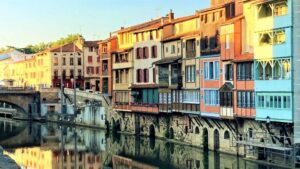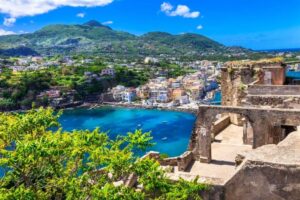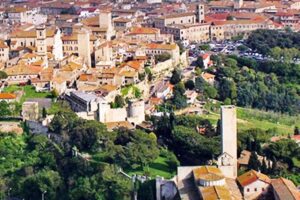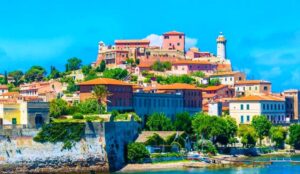MOISSAC, A MEDIEVAL GEM IN L’OCCITANIE
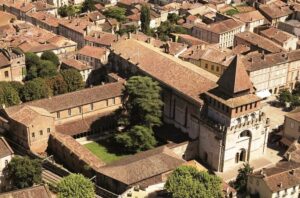
An hour’s drive north of Toulouse lies the medieval town of Moissac at the confluence of the Garonne and Tarn rivers, at the Canal de Garonne. We had been to Moissac a few years ago, drawn by the town’s medieval Abbey. It was classified as a UNESCO World Heritage Site in 1998 as a landmark church on the pilgrimage route to Santiago de Compostela. Renowned for its magnificent sculptures, and especially for its beautiful cloister, the Abbey is one of the country’s jewels of Romanesque art. To add to its attractions for the visitor, Moissac also has one of the highest concentrations of Art Déco buildings in South West France. It was an obvious choice for an overnight stopover as we headed towards Bordeaux from the Languedoc.

